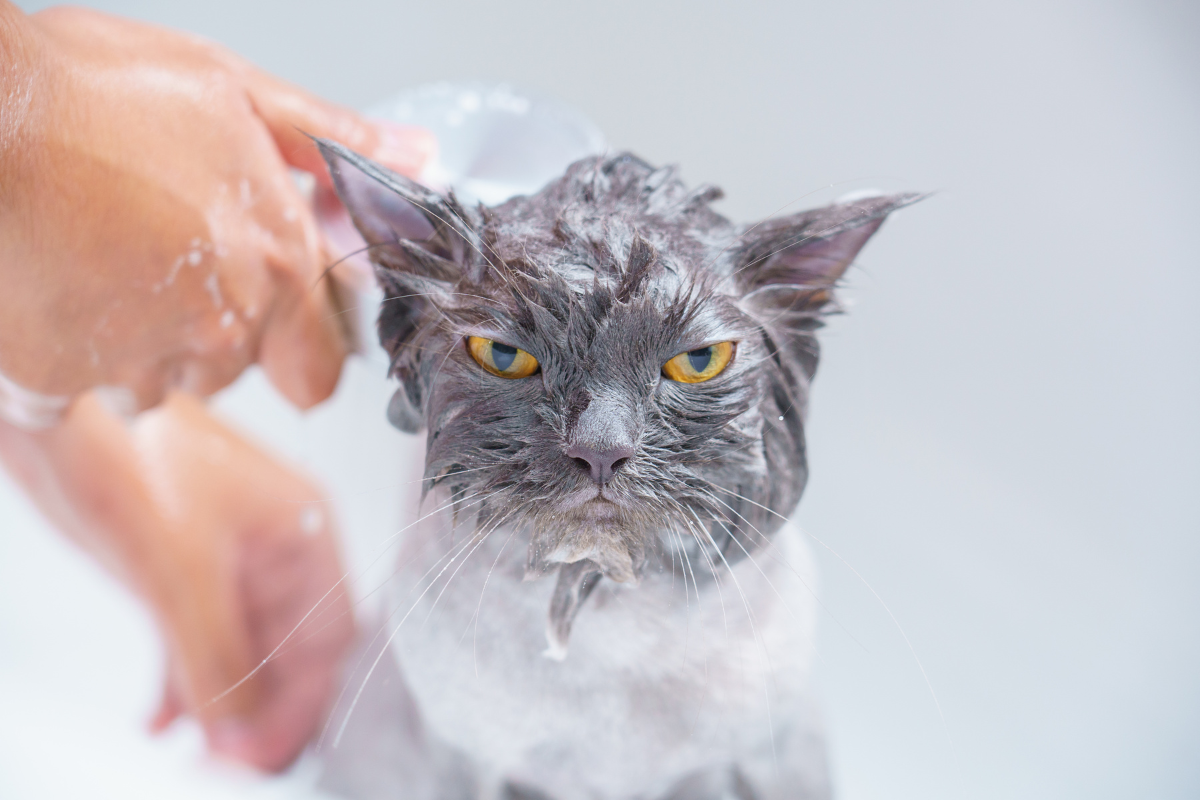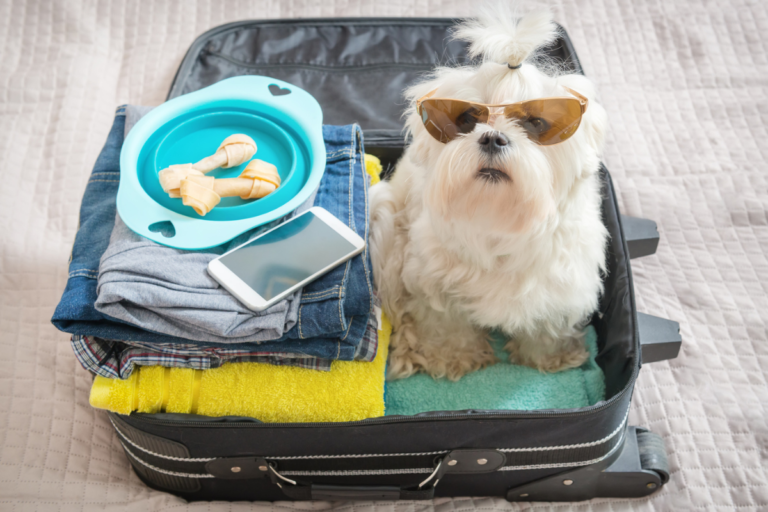Homemade Cat Shampoo: A Purr-fect Solution for Your Feline Friend
This post may contain affiliate links, meaning if you decide to make a purchase via my links, I may earn a small commission at no additional cost to you. You can read our full affiliate disclosure by clicking here.
Cats are known for their impeccable grooming habits, but there are times when they could use a little help in the cleanliness department. Whether it’s because of a playful romp in the garden or an unexpected encounter with something messy, your feline friend might need a bath. Rather than reaching for commercial cat shampoos filled with chemicals, why not consider making your own homemade cat shampoo? It’s not only a healthier alternative but also cost-effective. Let’s explore the ingredients and steps to create the perfect cat shampoo for your furry companion.
Why Use Homemade Cat Shampoo?
Before we dive into the recipe, it’s essential to understand why homemade cat shampoo is an excellent choice. Commercial cat shampoos often contain harsh chemicals and fragrances that can irritate your cat’s sensitive skin. Homemade shampoo allows you to control the ingredients, ensuring a gentle and natural cleansing experience for your pet.
Ingredients for Homemade Cat Shampoo
- 1 part apple cider vinegar
- 1 part Dawn dish soap
- 4 parts distilled water
Recipe for Homemade Cat Shampoo
- Mix one part each of apple cider vinegar and dawn dish soap together with four parts water.
- You can use this shampoo like regular pet shampoo—wet your cat’s fur first, and then add the cat shampoo.
- Rub the shampoo through all layers of your cat’s fur, then rinse well with warm water.
- Be sure to keep the soap out of your cat’s eyes, ears, nose and mouth.
How to Use Homemade Cat Shampoo
Now that you’ve prepared your homemade feline shampoo, it’s time to give your feline friend a bath. Here are some tips for a successful cat bath:
- Use lukewarm water and a gentle approach to wet your cat.
- Apply the homemade shampoo sparingly, avoiding the eyes and ears.
- Gently massage the shampoo into your cat’s fur, focusing on areas that may be particularly dirty.
- Rinse thoroughly to remove all traces of shampoo.
- After the bath, towel-dry your cat and ensure they are kept warm until fully dry.
Remember that cats don’t usually require frequent baths, so this homemade shampoo should be used sparingly, only when necessary.
By creating your own shampoo, you’re not only promoting your cat’s well-being but also contributing to a more natural and eco-friendly approach to pet care.
Conclusion
Homemade cat shampoo is a wonderful alternative to commercial products. It allows you to control the ingredients, ensuring a gentle and safe cleaning experience for your feline companion. Plus, it’s a great way to bond with your cat and pamper them with some extra love and care.
So, the next time your cat needs a bath, reach for your homemade cat shampoo, and watch your furry friend enjoy the purr-fect spa day!
Stay tuned for more fascinating insights on all things pet-related. And don’t forget to sign up for my email list to stay updated with the latest pet tips and tricks.







